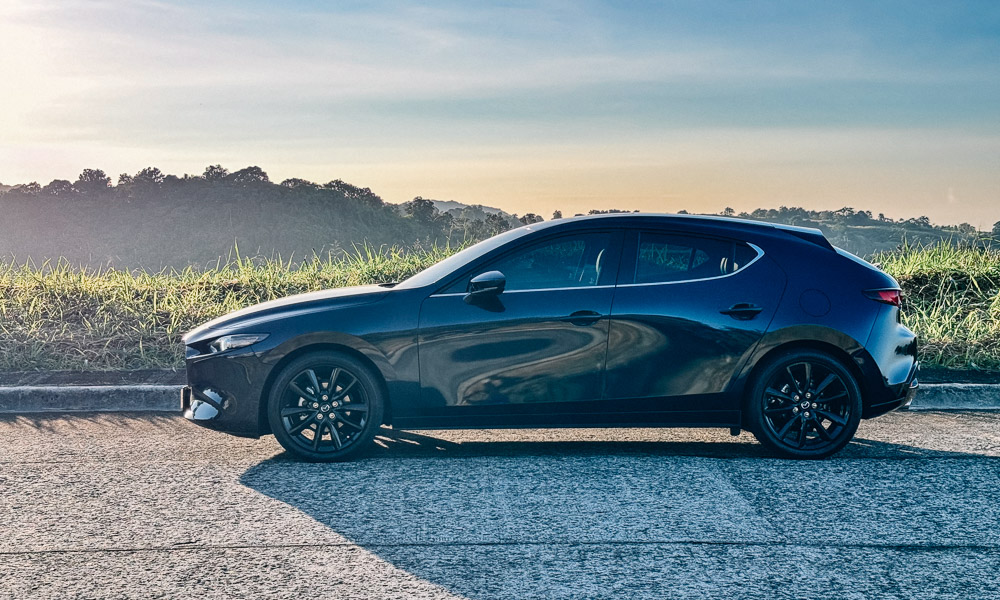
To most, cars are a practical purchase, especially in our current financial climate. For the rational, emotional aspects such as design, tech, and driving dynamics take a back seat to the practical aspects of a vehicle.
How much it can carry, how fuel-efficient it is, and how reliable it is in the long term are usual concerns that drive people to choose specific models.
In my case, my choice of a 2024 Mazda 3 Sportback was more emotionally driven than practical. Most would agree that the P1,510,000 asking price for this Sport variant could net me something more feasible. For a little more, I could even get a hybrid crossover, but that probably wouldn’t scratch my enthusiast itch.
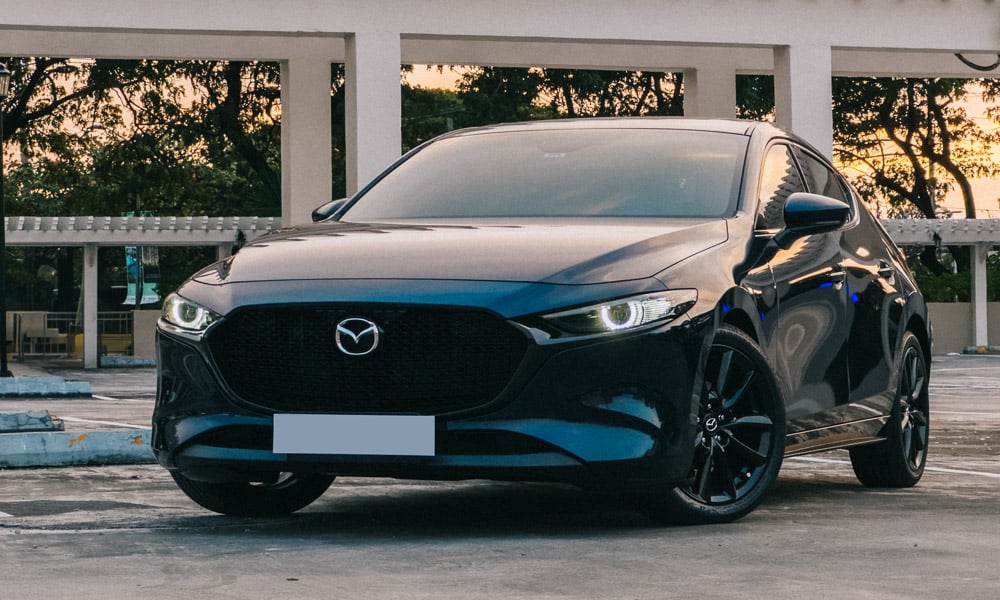
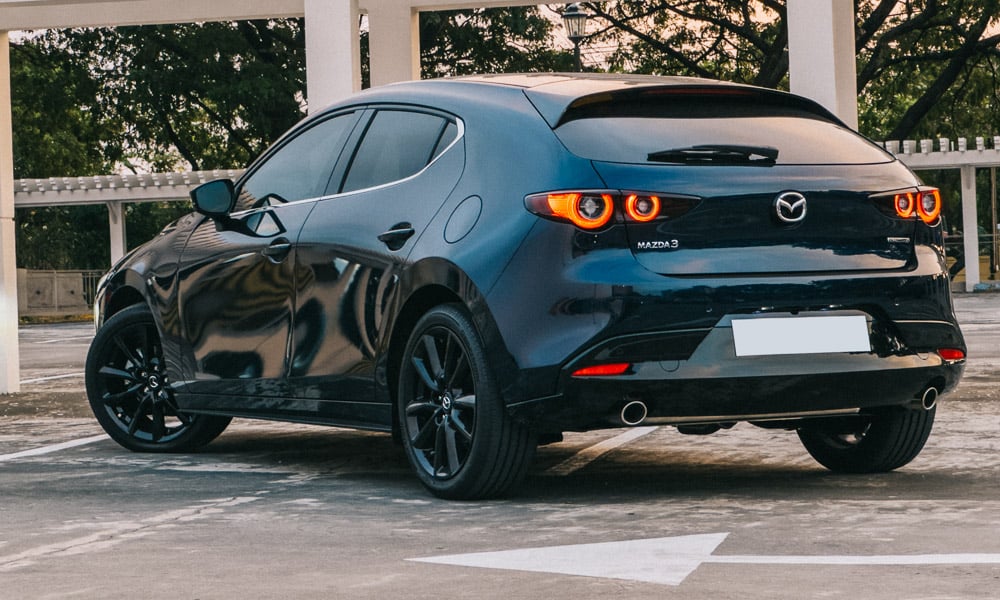
My parents weren’t so keen on me getting a secondhand sports car, nor did I want to deal with the running costs and the potential gremlins of a used luxury car as this would be my daily driver, so I had to find the next best thing that had everything I wanted.
The current-generation (BP) Mazda 3 was introduced to our market in 2019. Since then, it has remained mostly unchanged, with the biggest update being a tech bump. Most of what my colleague wrote about in his review three years ago still applies to the car.
So, here’s what I learned after three months of ownership. As a disclaimer, I did not receive any discounts nor do I have an agreement with Mazda Philippines. I bought this car from a dealership with my own money at its suggested retail price, and all these opinions are my own.
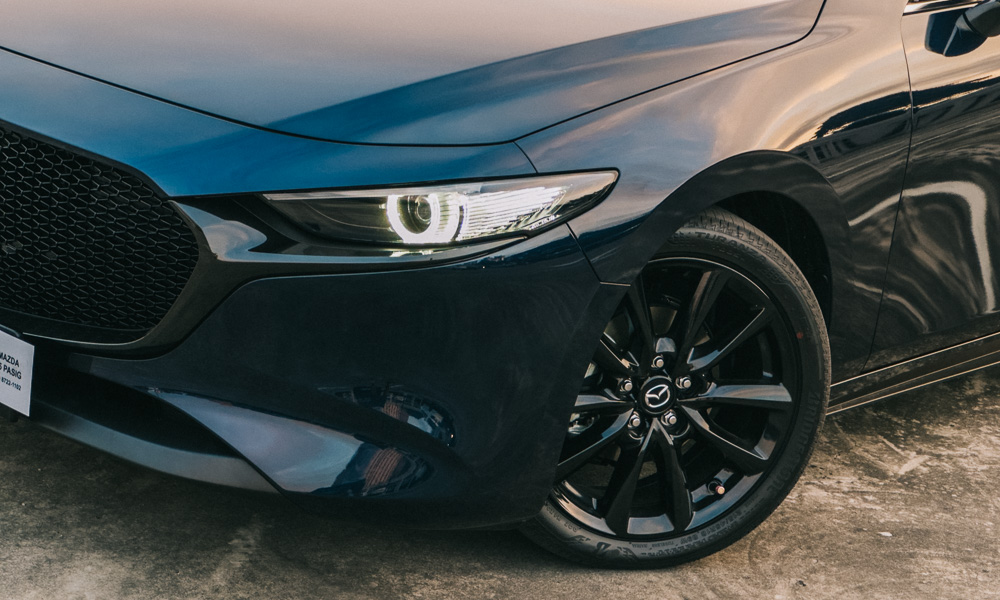
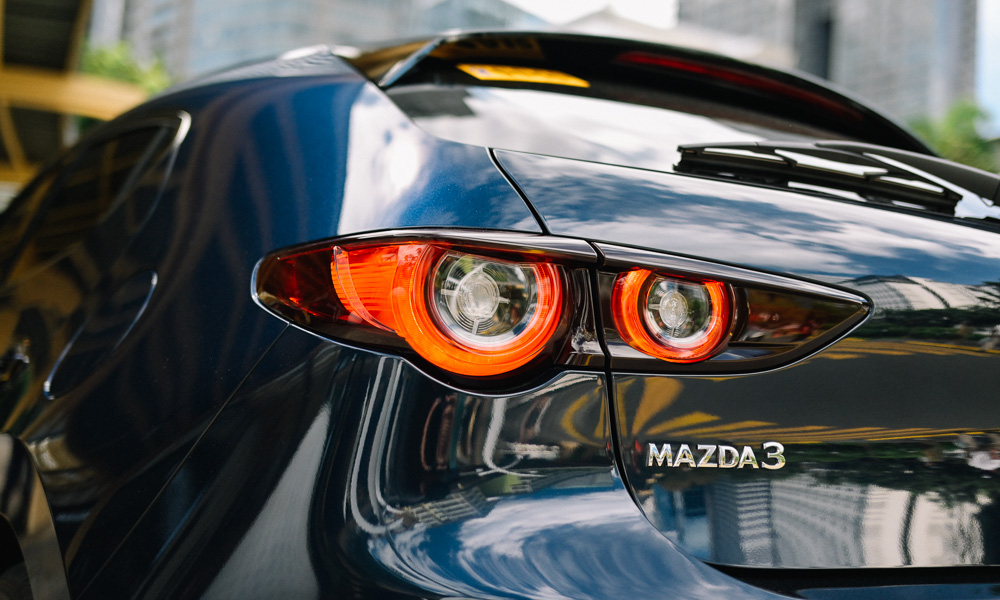
The base trim is the best value for money. Since this car’s introduction, Mazda Philippines has consolidated its variant offerings, cutting down the initial lineup to just two.
Despite the Sport being the new “base” trim, it feels far from it and is arguably the variant to buy if you don’t care about a few extra features.
Aesthetics-wise, the hatchback gets gloss-black 18-inch wheels, a slightly nerfed variant of the adaptive LED headlamps (they turn with steering and auto level, but lack auto high beams), and signature LED taillights.
This car is finished in Deep Crystal Blue, a hue that comes at no extra cost. It’s stunning (when clean) and an uncommon pick for this model, but is incredibly high-maintenance.
Basically, keeping it clean is futile with how much of a dirt magnet the color is, even when ceramic-coated. I was told that I was doing more harm than good by constantly wiping it down after every drive.
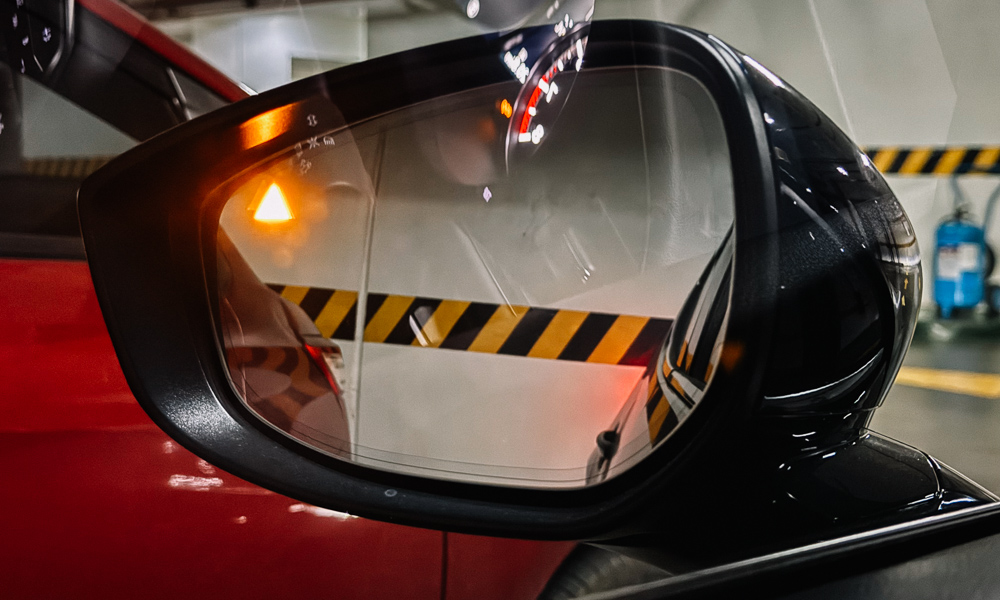
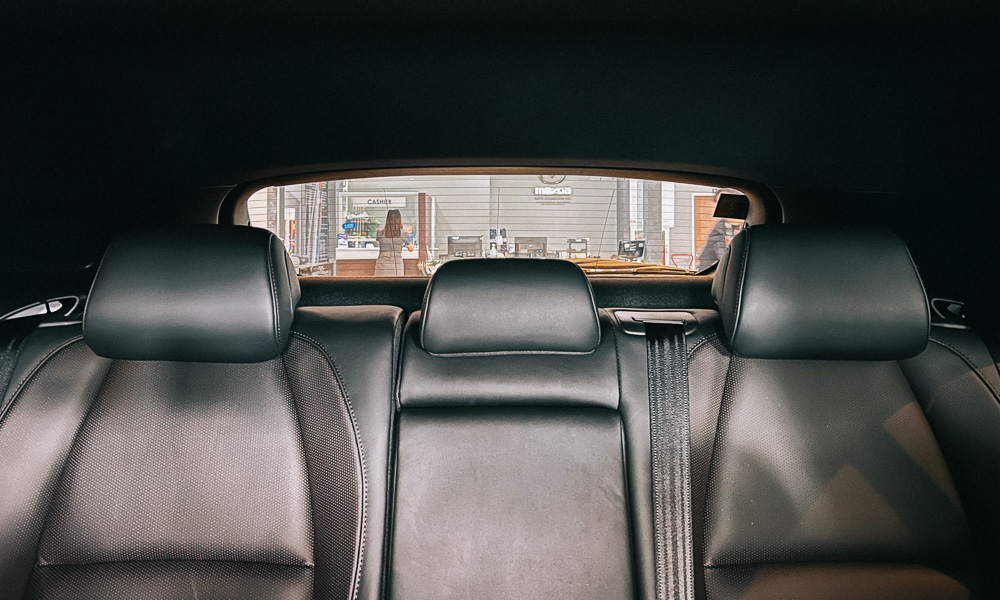
Compared to the HEV, the i-Activsense safety suite has been trimmed to keep the price down. Apart from that, it carries over most of the features and niceties. This can be a good thing for drivers who get annoyed with modern safety systems.
While only having basic cruise control, automatic headlights, and wipers, it retains the much-needed blind-spot monitor with rear cross-traffic alert. Take note that the former activates at above 30km/h. The latter can be seen while reversing.
It will save you from expensive body repairs as the hatchback’s poor rearward visibility from the large C-pillars can be a problem while you aren’t used to it.
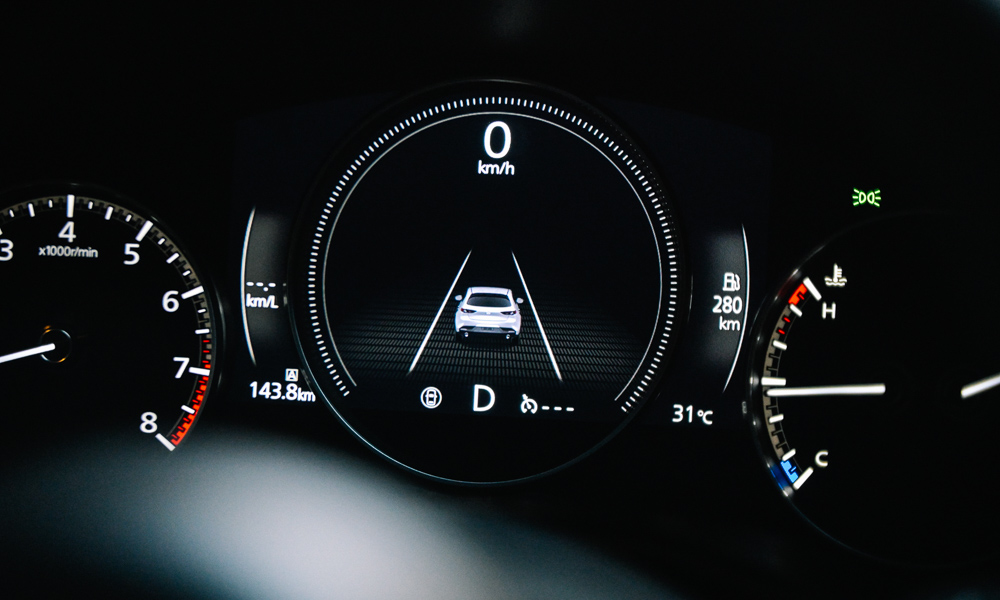
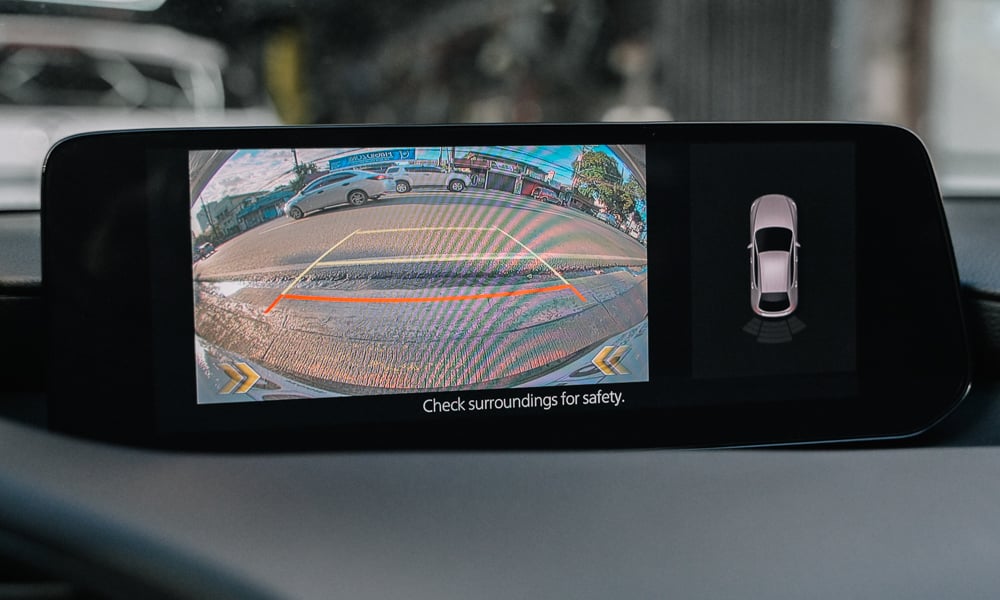
I can’t help but be slightly upset with the removal of the front parking sensors as the previous Sport had them alongside the rear parking sensors.
I would’ve welcomed a slight price bump to retain them or even add the crisp 360° camera found on the top variant. At least you can select a side mirror to tilt down while reversing to aid with parking.
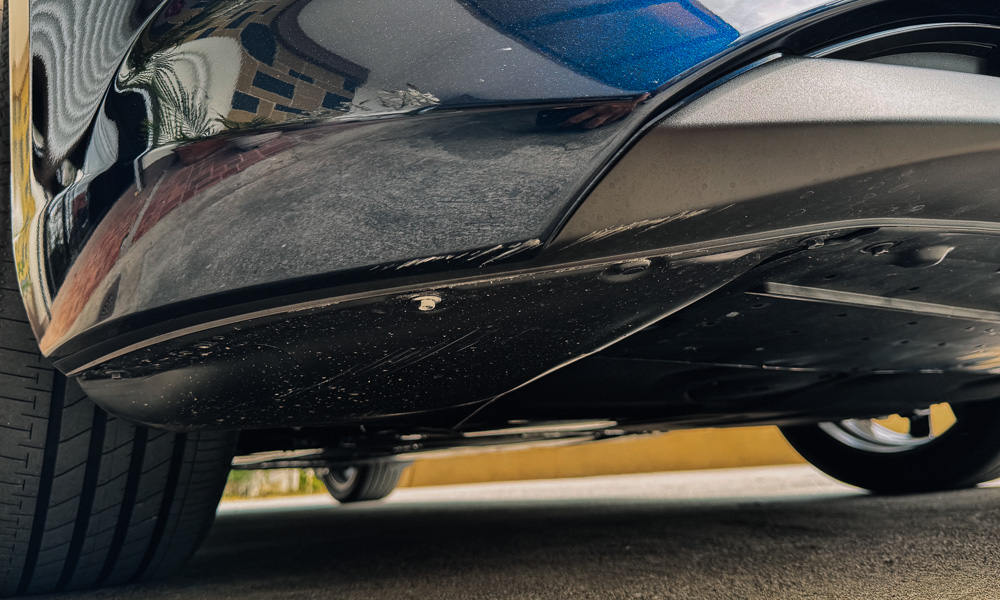
Watch that front overhang. The 3 is a very low-slung car, but its ride height of 135mm is the same as the WRX sedan’s and is 1mm taller than the Civic RS’s at 134mm.
Unfortunately, the front bumper’s design means the 3 has abysmal approach and departure angles. My colleagues told me that the Speed variant was even more scrape-prone, and advised me against putting a “sacrificial lip” as that would end up damaging the bumper more.
Steep ramps and tall speed humps are going to be your number-one enemy. Expect multipoint maneuvers and the inevitable sound of your front bumper scraping to be the norm.
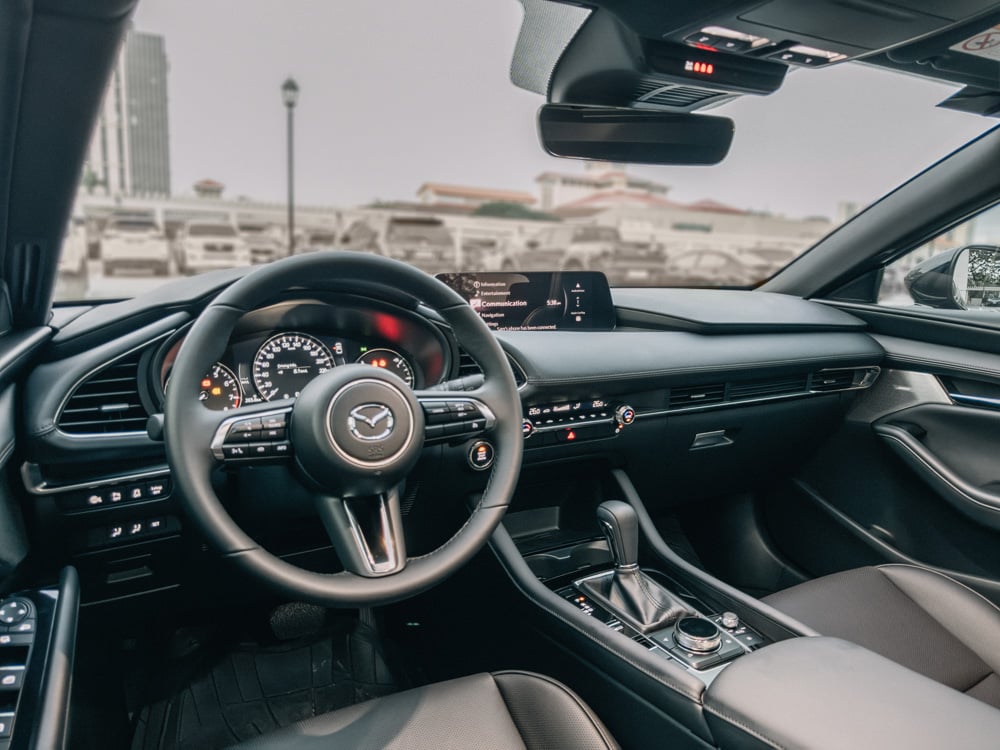
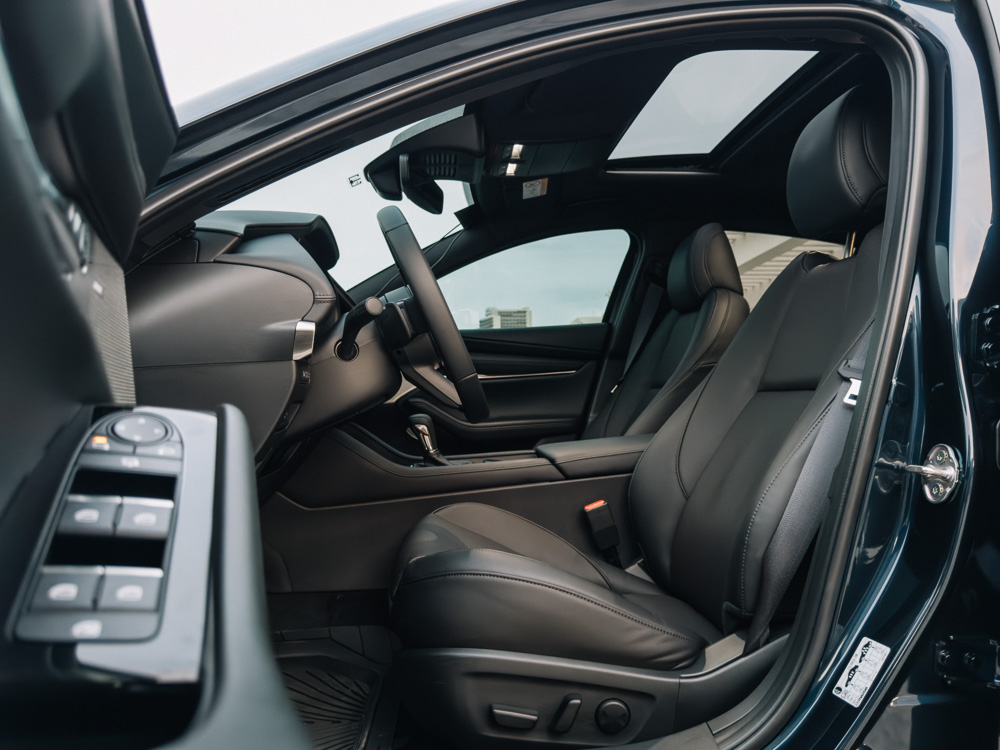
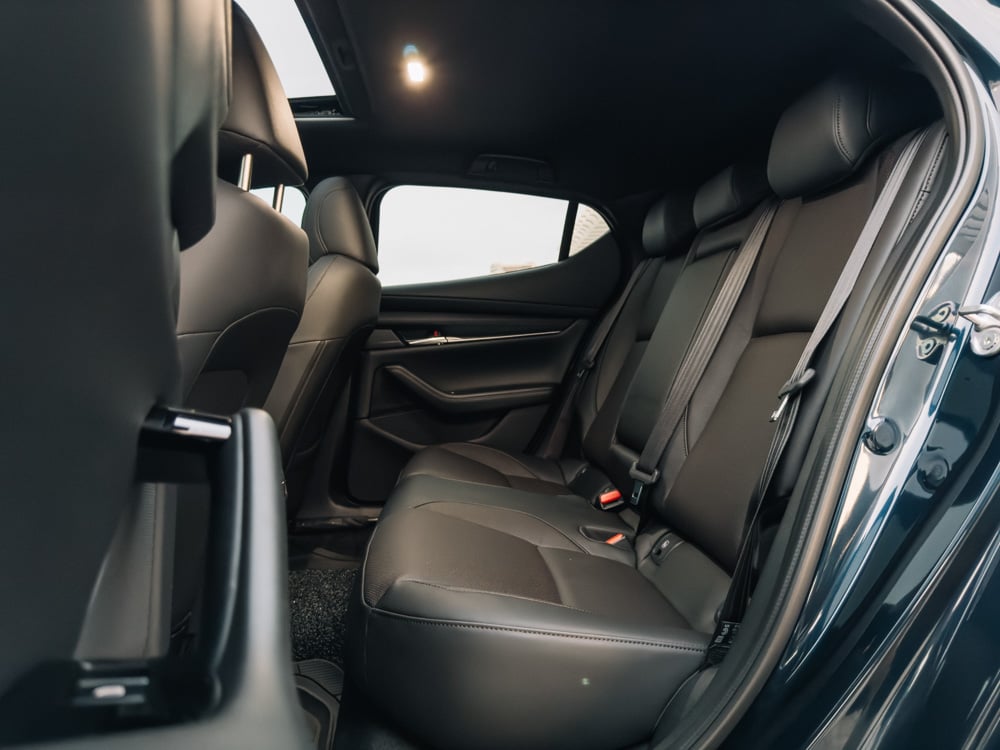
It’s more practical and comfortable than you think. Mazdas are known to be driver-centric cars. The plusher nature of the fourth-generation model means it’s a very quiet cabin, and the build quality and the materials used elevate the experience.
The front seats are excellent and fit like a glove, with the driver getting 10-way power adjustments. There’s dual-zone climate control and a sunroof, too.
As a result, the rear seats suffer in terms of legroom. The sloping roof design makes ingress and egress slightly harder, and small rear windows can make the rear feel claustrophobic. But once you’re in there, it’s very comfortable—even for taller people, with generous headroom. There’s a center armrest and rear climate vents, but no charging points to be seen.
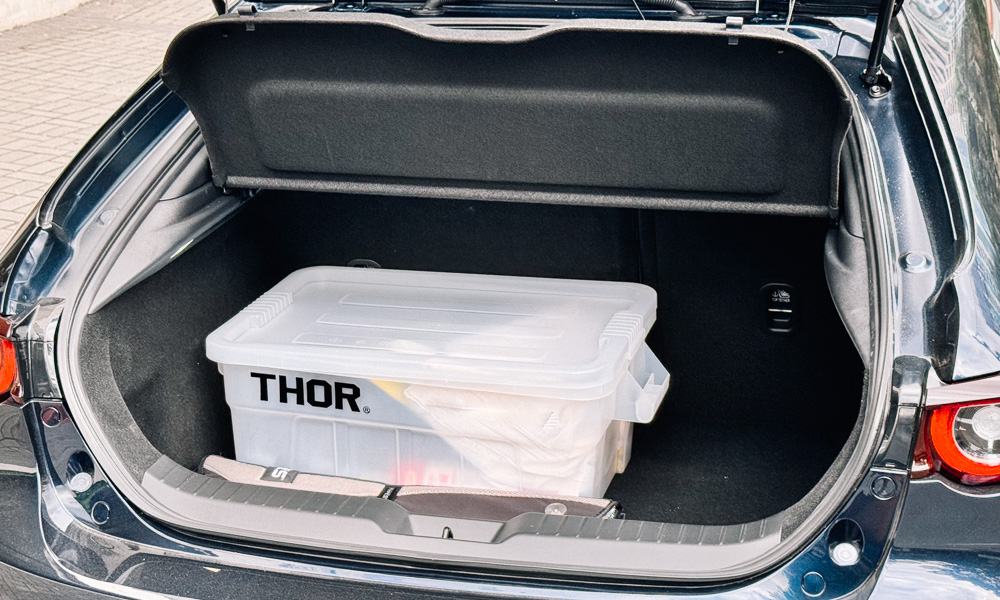
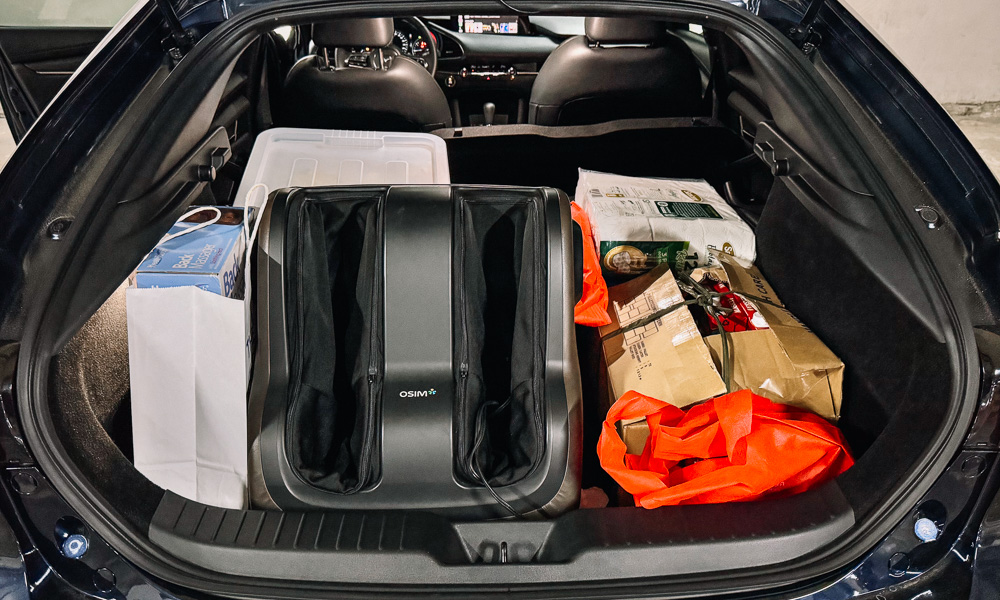
While the 370L cargo capacity is on the small side, the nature of a hatchback design means that you can carry taller, bulkier items when the need arises. A donut-sized spare, tools, and a subwoofer can be found underneath the false floor.
Removing the rigid load cover and folding the rear seats down boost the maximum capacity up to 991L. To put that into perspective, I’ve helped friends and family move household items without having to adjust the front seats, and there’s a picture online of one owner transporting an elliptical exercise machine in his hatchback.
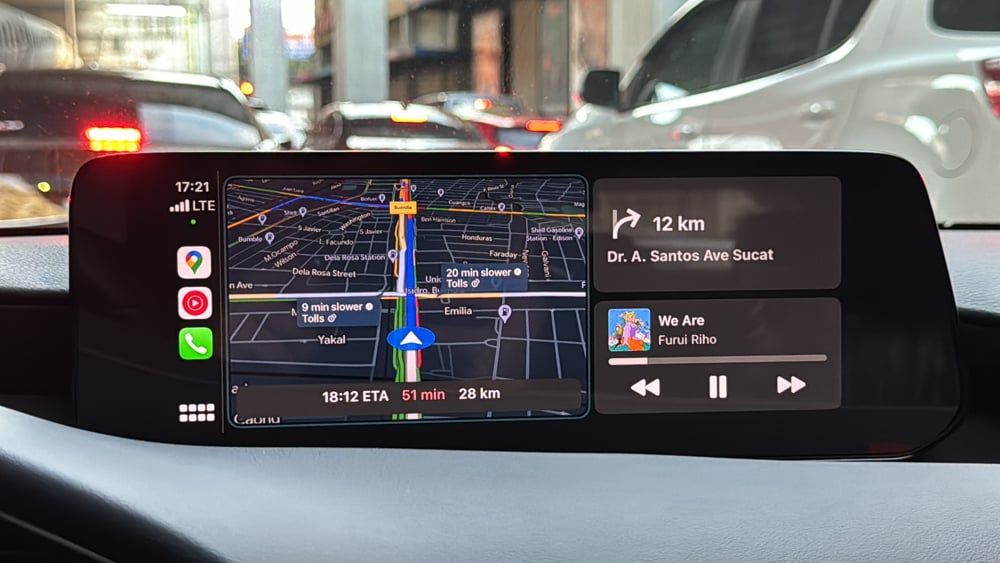
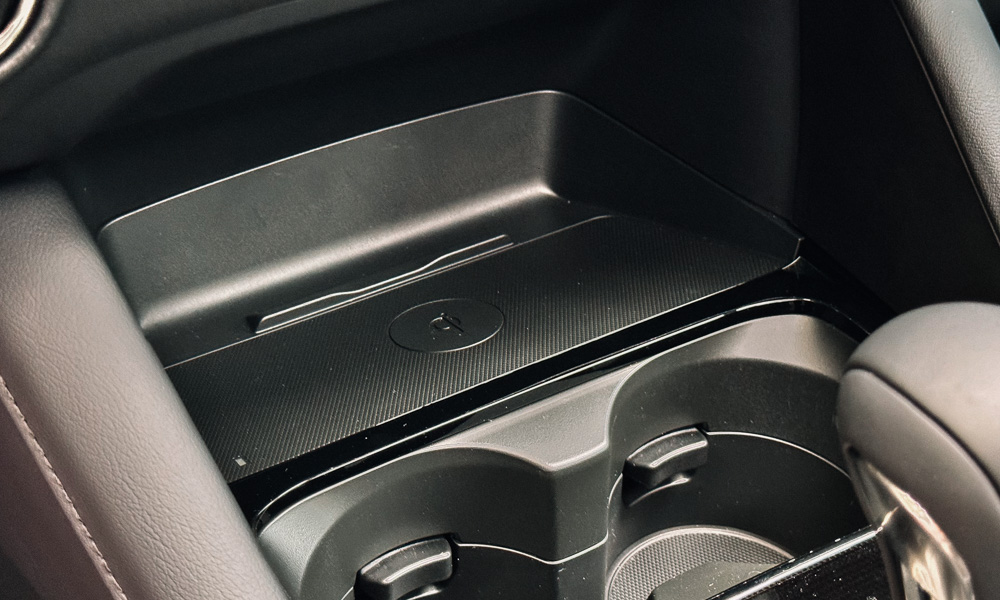
Take advantage of the new tech. The cabin is the same as when it came out, down to the satisfyingly tactile switchgear and minimal layout. I do wish the option for the red or white interiors were still offered for a little more cash, just like with the CX-60 and the CX-90 with the optional white cabin.
Aside from the new chrome trim, the additional charging options, and the revised steering wheel and climate buttons, the biggest change is the 10.25-inch screen.
Instead of simply blowing up the display, it runs the latest software in newer Mazdas. The interface starts up instantly and even connects to the wireless Apple CarPlay in a snap.
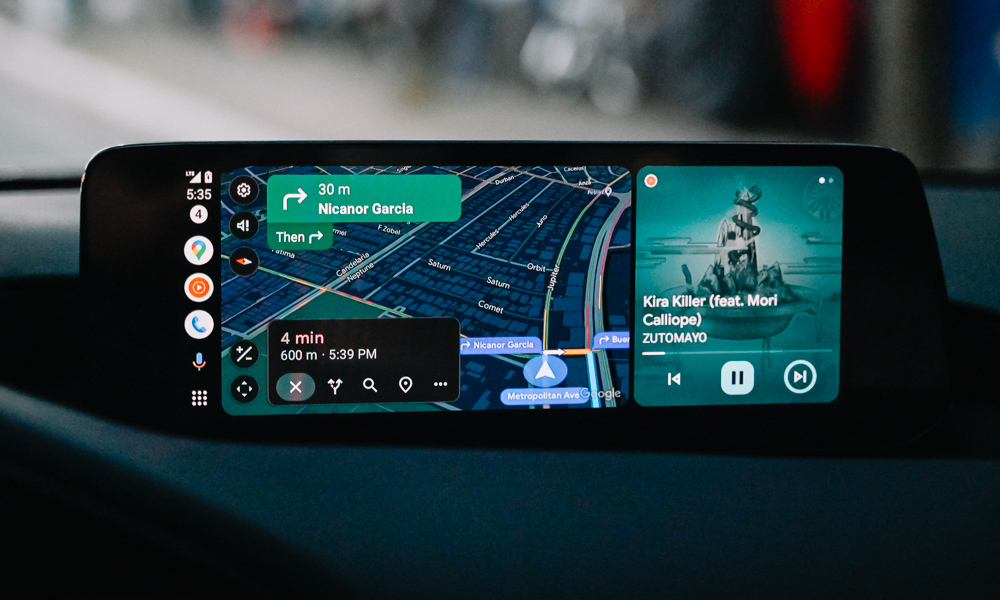
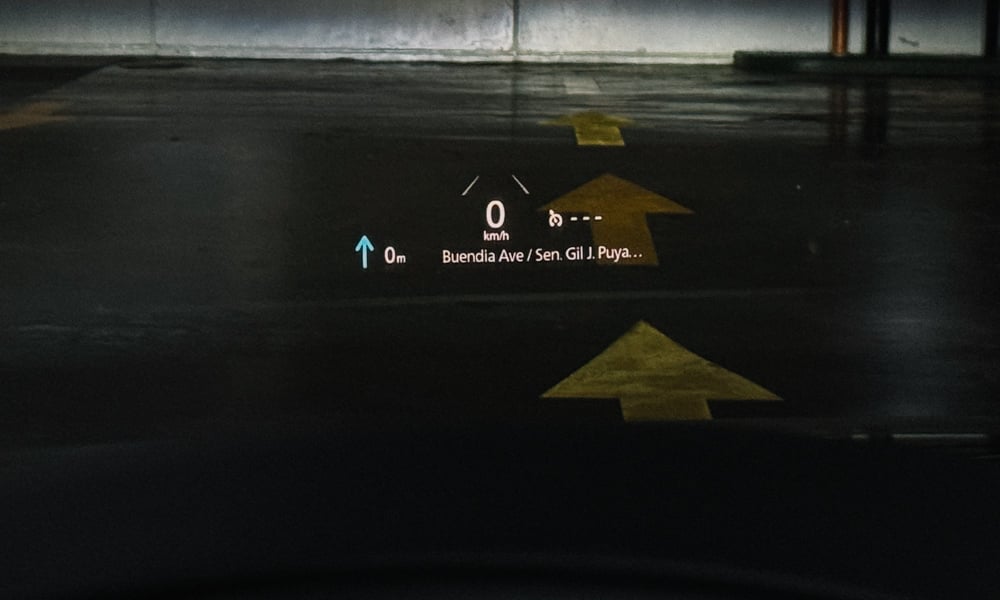
The wireless charger also works well enough for me to use it regularly, and the stability and the speed of the wireless CarPlay connection are impressive, but I stick with a wired connection (via the two USB-C ports) for two reasons.
First, you’ll take full advantage of the 12-speaker Bose audio system. It even supports lossless audio playback.
Second, the latest version of Mazda Connect allows navigation directions from your smartphone to be shown on the heads-up display.
Until Apple Maps adds turn-by-turn directions, the only way to see it locally is to use Google Maps via Android Auto (wired only). Other navigation apps do not work, but not having to take your eyes off the road for directions is amazing.
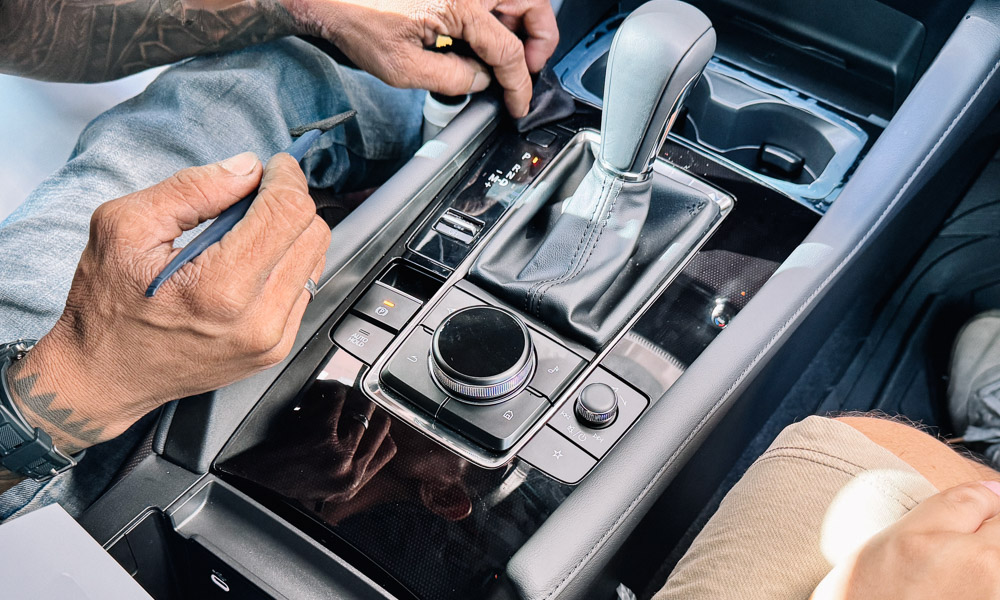
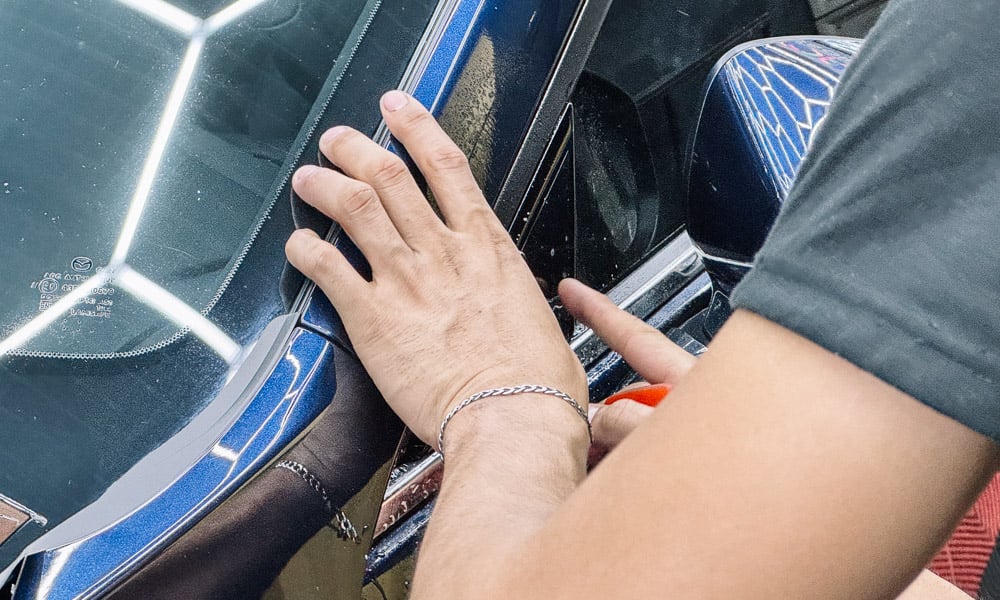
Invest in protection for some parts. This update also adds piano-black trim to the window pillars. While it looks great, this also adds another part that will collect scratches like there’s no tomorrow.
The same can be said about the interior bits with piano-black trim in high-traffic areas, and the gauge cluster plastic is incredibly soft and is a dust magnet. I even scuffed the finish despite using a clean microfiber cloth and gentle force.
If possible, request all the plastics on the car to remain upon delivery. Bring it to a detailing shop, and have these bits covered immediately with paint protection film.
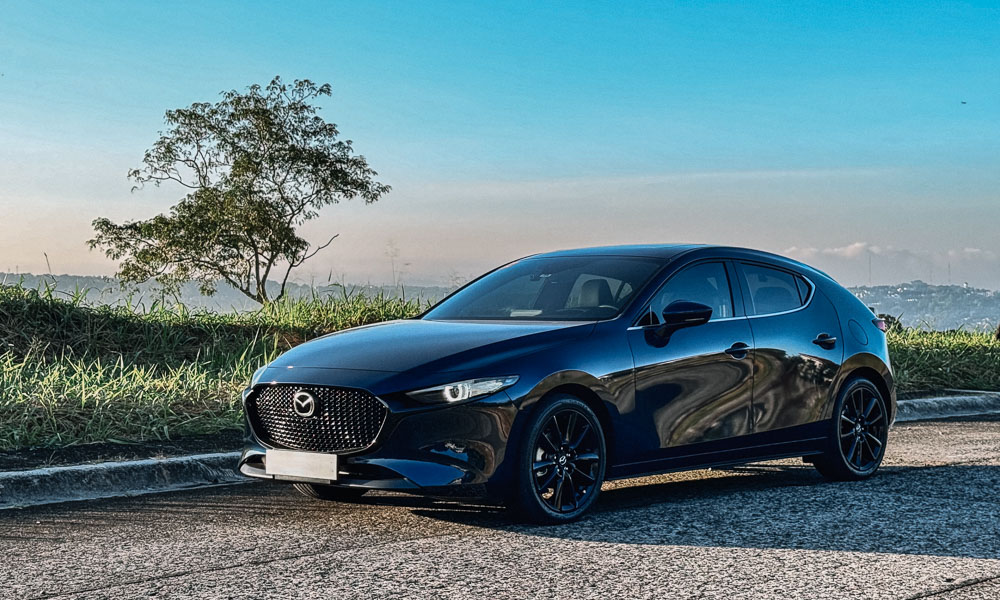
The car is a joy to drive. It’s not as Miata-like as its siblings are (due to being front-wheel-driven), but it still has excellent driving dynamics that will perk up your daily commute.
The weighted electric power steering rack is reminiscent of hydraulic power steering systems with great feedback, and it’s a fun partner to dance with on the back roads.
The engaging handling does mean the ride will be a little firm, especially with those thin Bridgestone Turanza T005A tires (215/45), but it’s comfortable enough to not break your back like on true hot hatches.
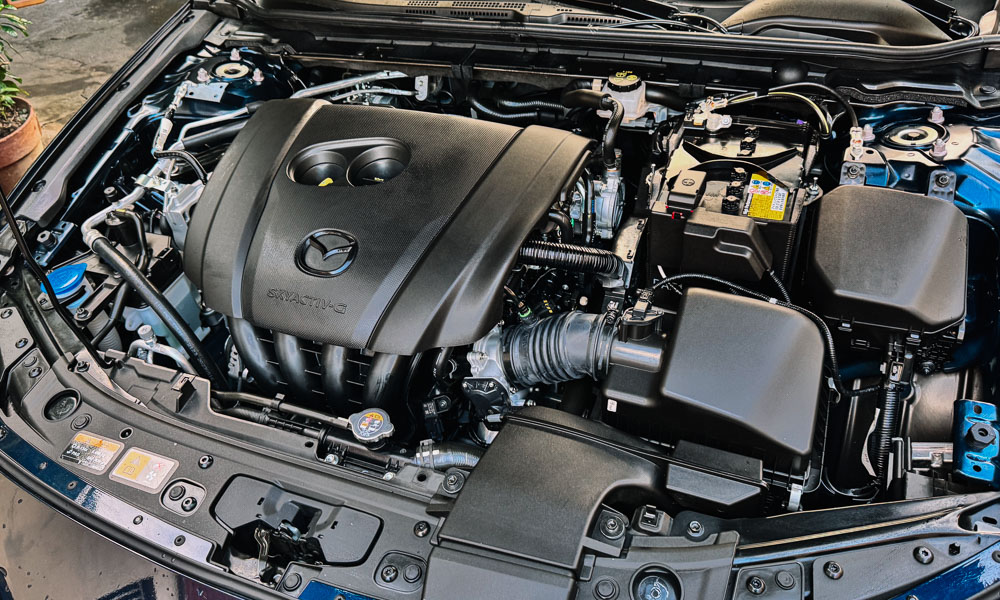
With its segment competitors either moving to small-displacement turbo engines or hybridization, the non-HEV Mazda 3 sticks with the tried-and-tested naturally aspirated 2.0-liter gasoline engine. Being the oldest Skyactiv-G engine, there’s a breadth of parts, documentation, and modifications available.
The 153hp of output and the 200Nm of torque are delivered linearly by the smooth six-speed torque converter automatic transmission, giving you a powertrain that urges you to wring it out with the paddle shifters. This package feels “right” for the vehicle’s size, especially when fully loaded with people or cargo. It’s never labored and has netted me decent fuel economy results.
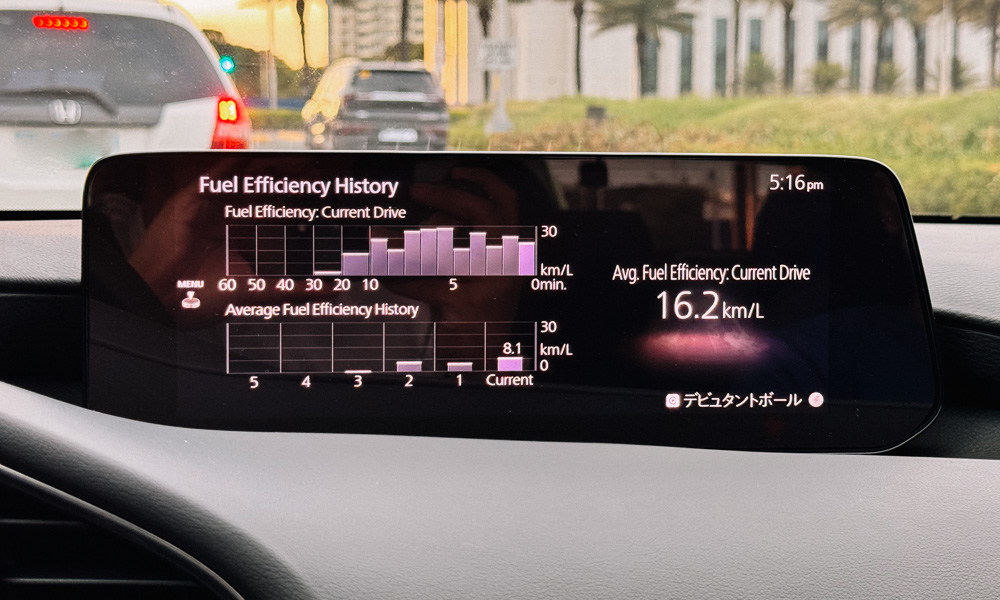
With a broken-in motor, my average combined fuel consumption is 8.85km/L. Highway driving goes as high as 16.2km/L, and rush-hour commutes in the city can go as low as 5.4km/L. Note that I use the engine start-stop function, so these figures will be lower without it.
It’s too early for me to report on how long the consumables will last (such as the battery and the tires), or how the after-sales experience will be. I can say that the aftermarket support for this model is excellent, as I’ve added a few accessories such as the plate relocator.
Even past the honeymoon period, the Mazda 3 is one commuter car that’s worth keeping an eye out for, assuming you live in a place that isn’t riddled with potholes.

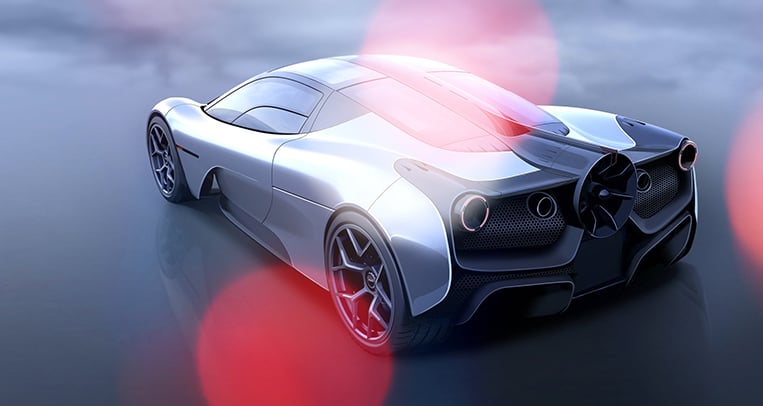
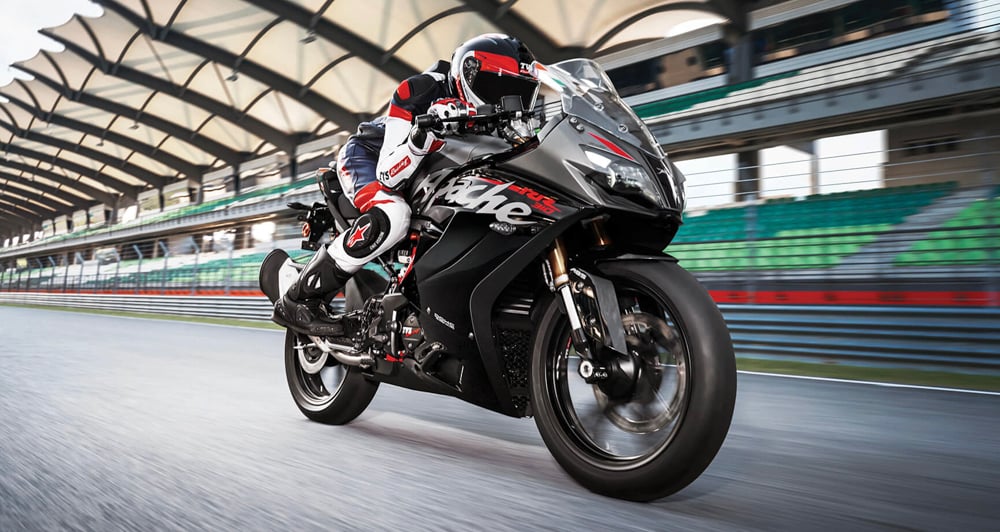
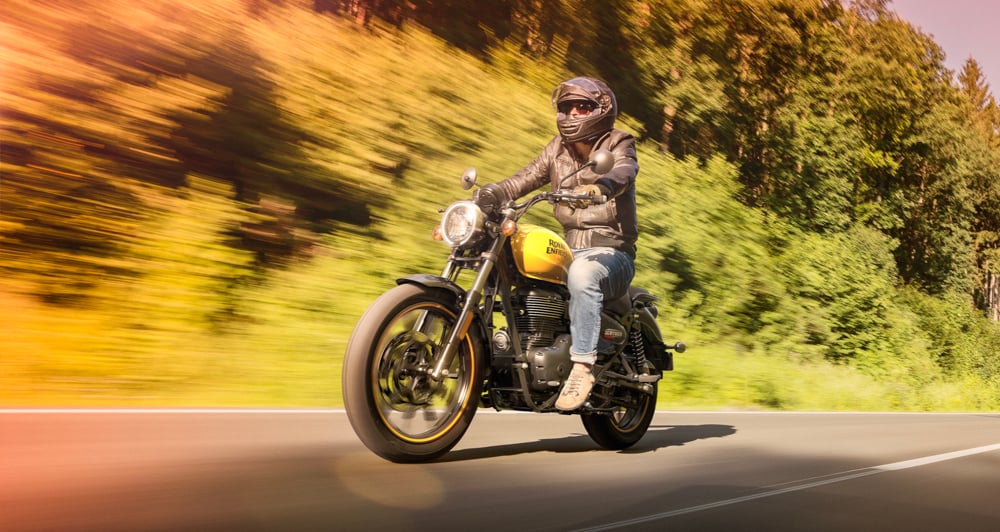
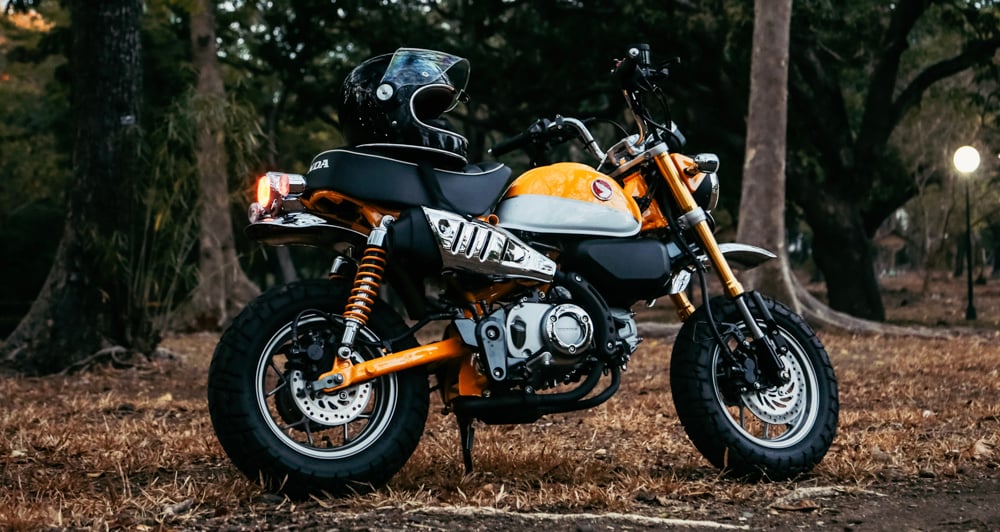
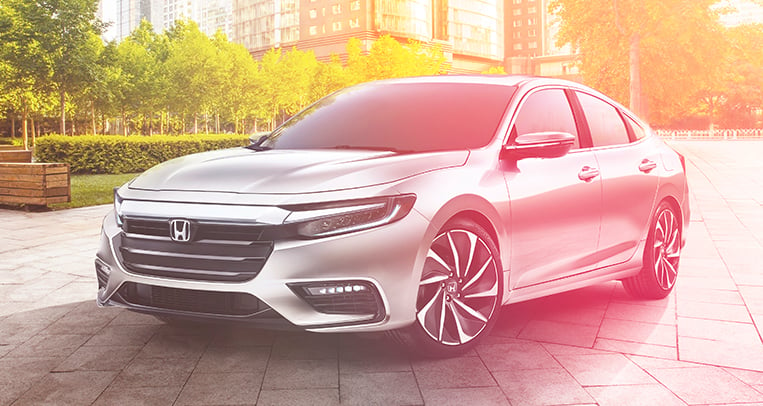
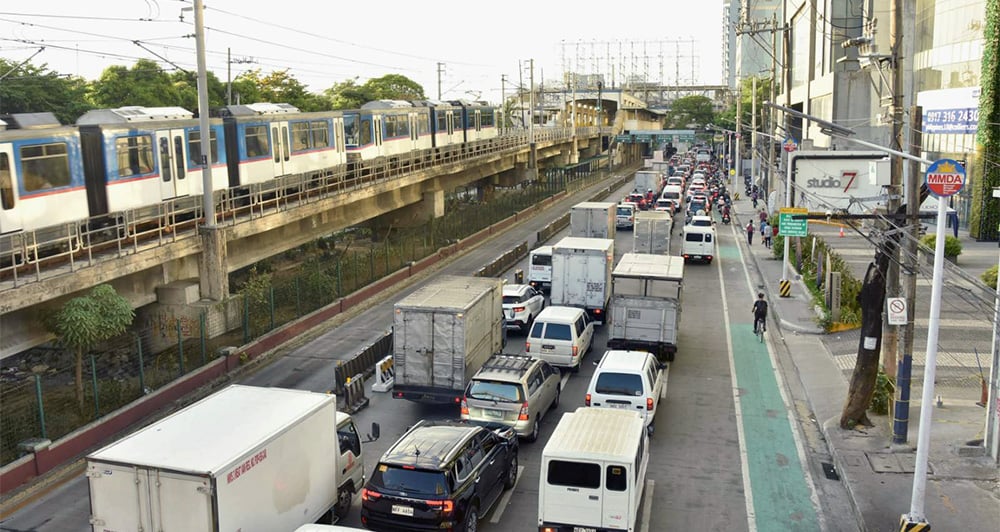

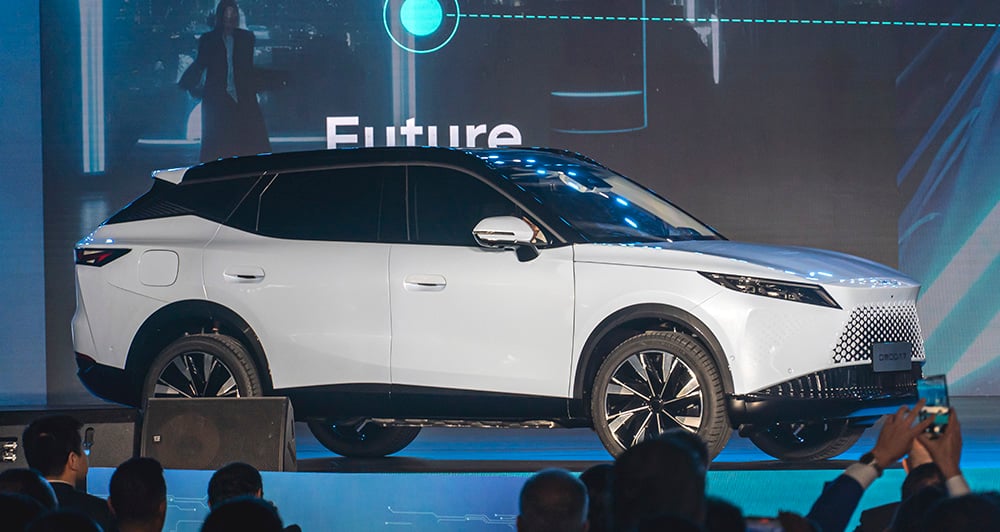
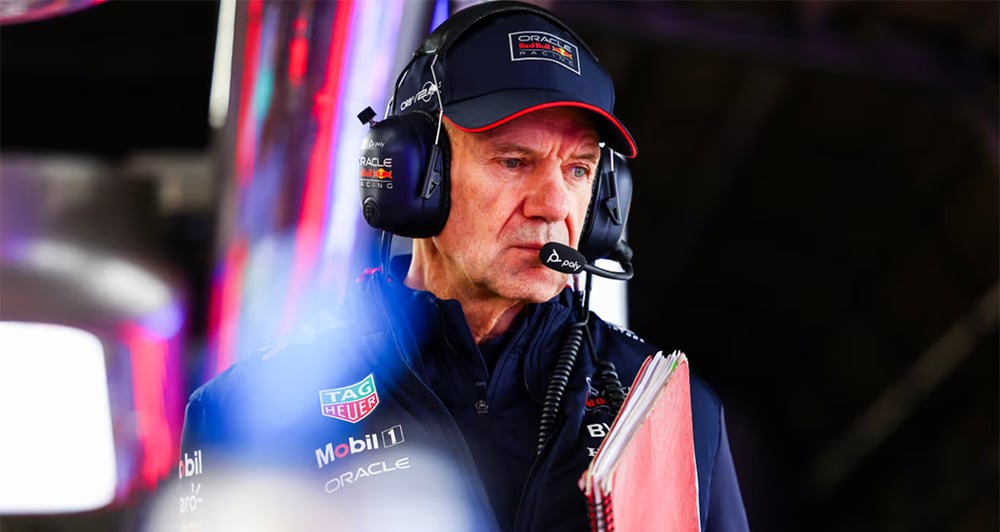
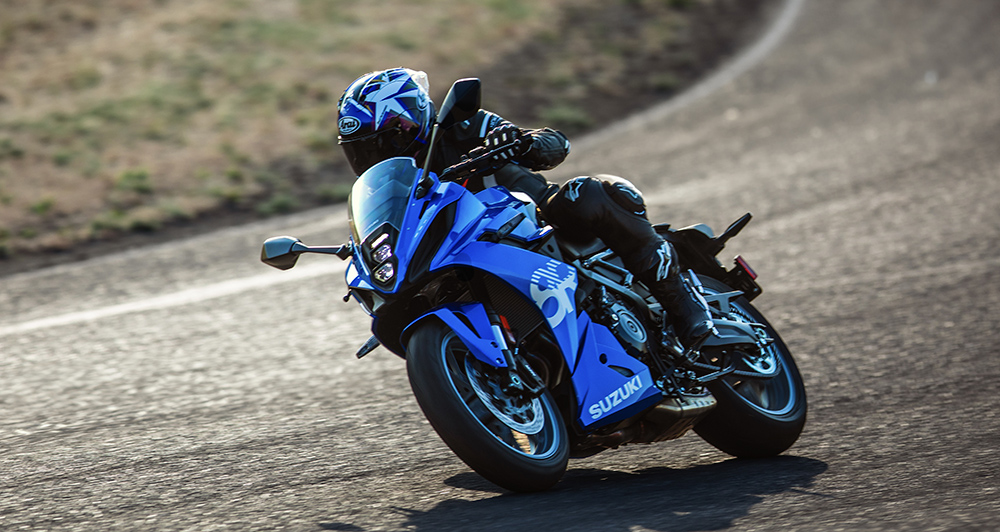
Comments